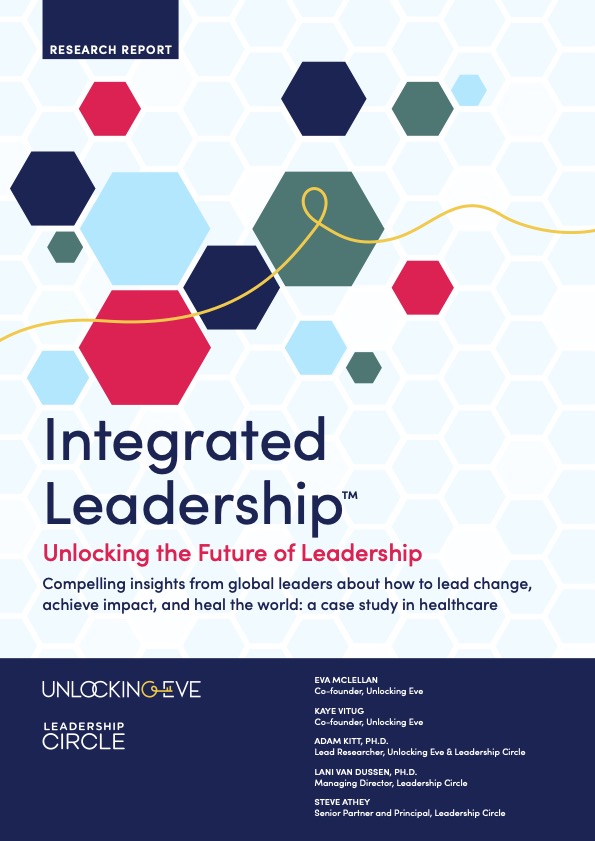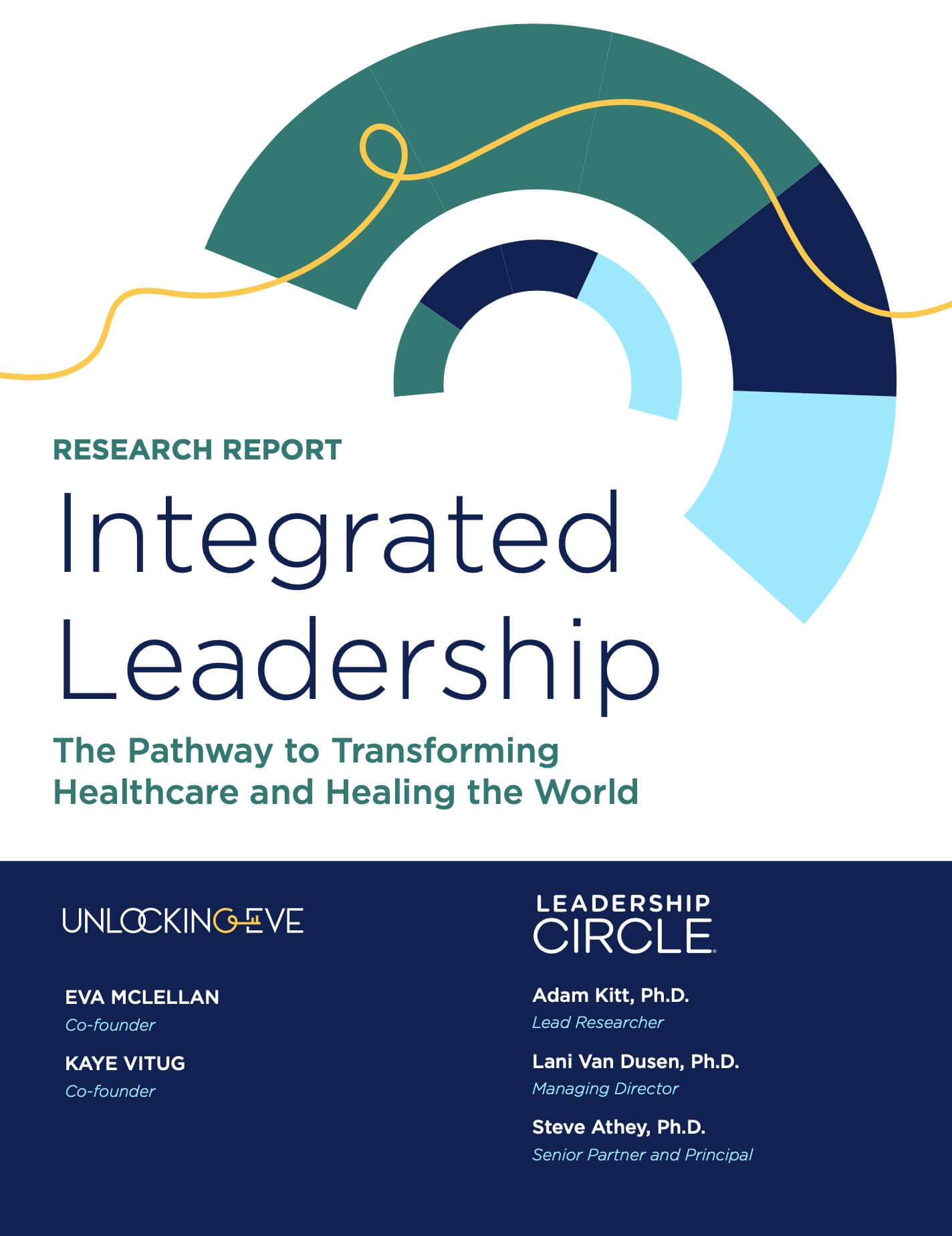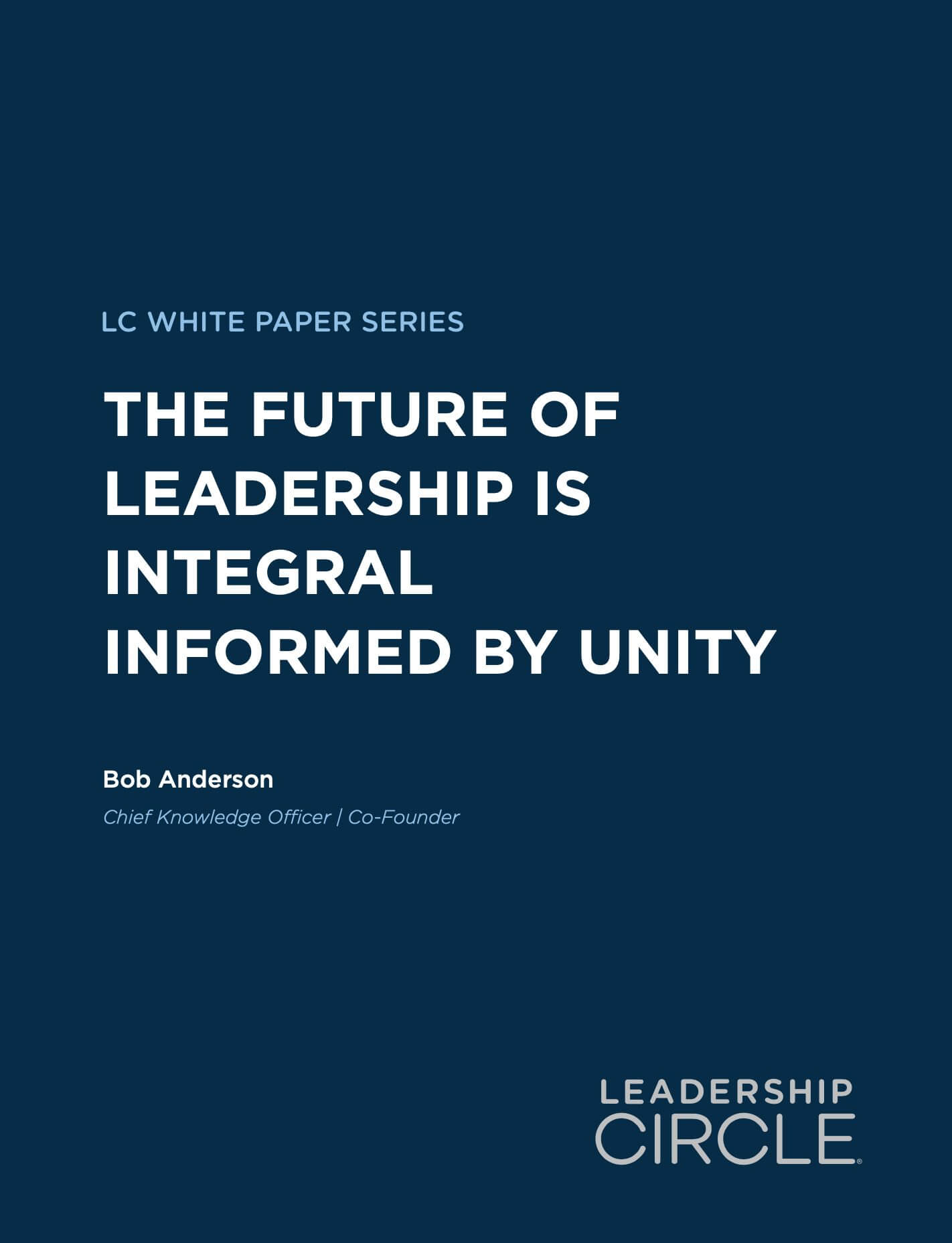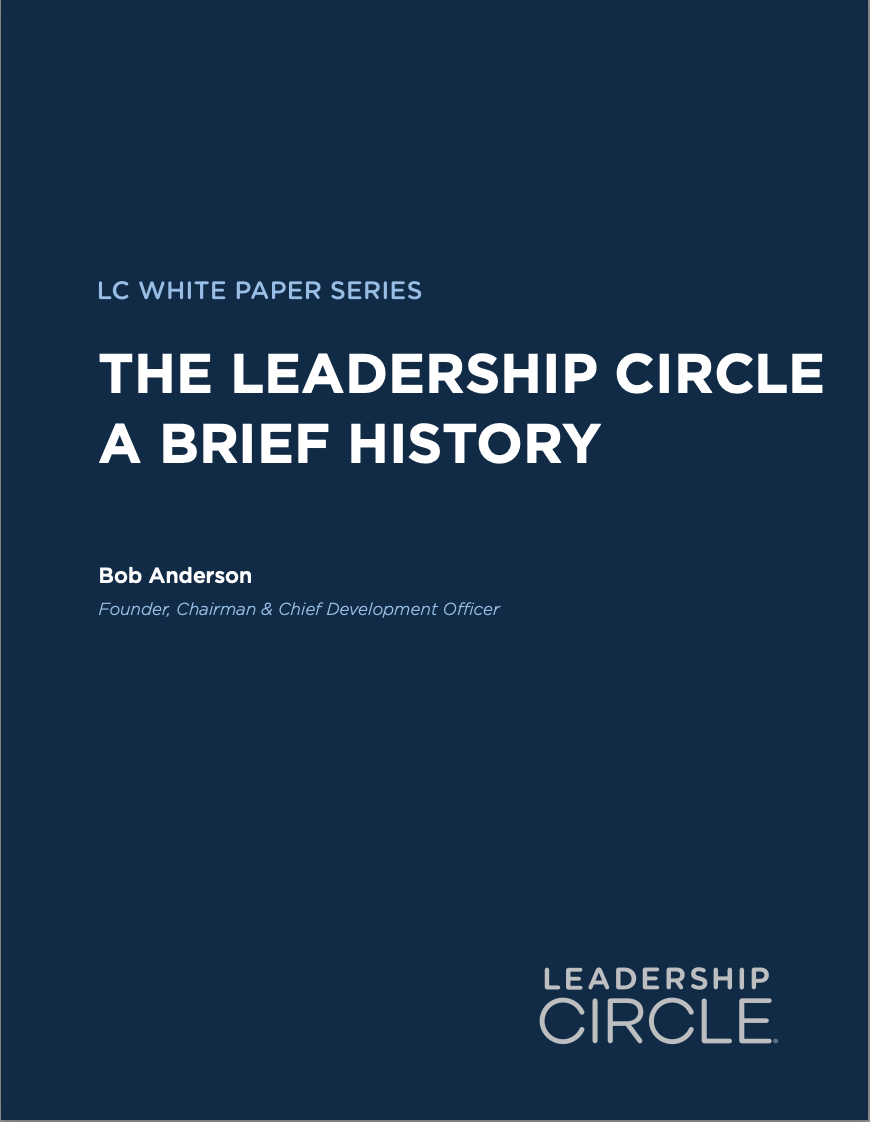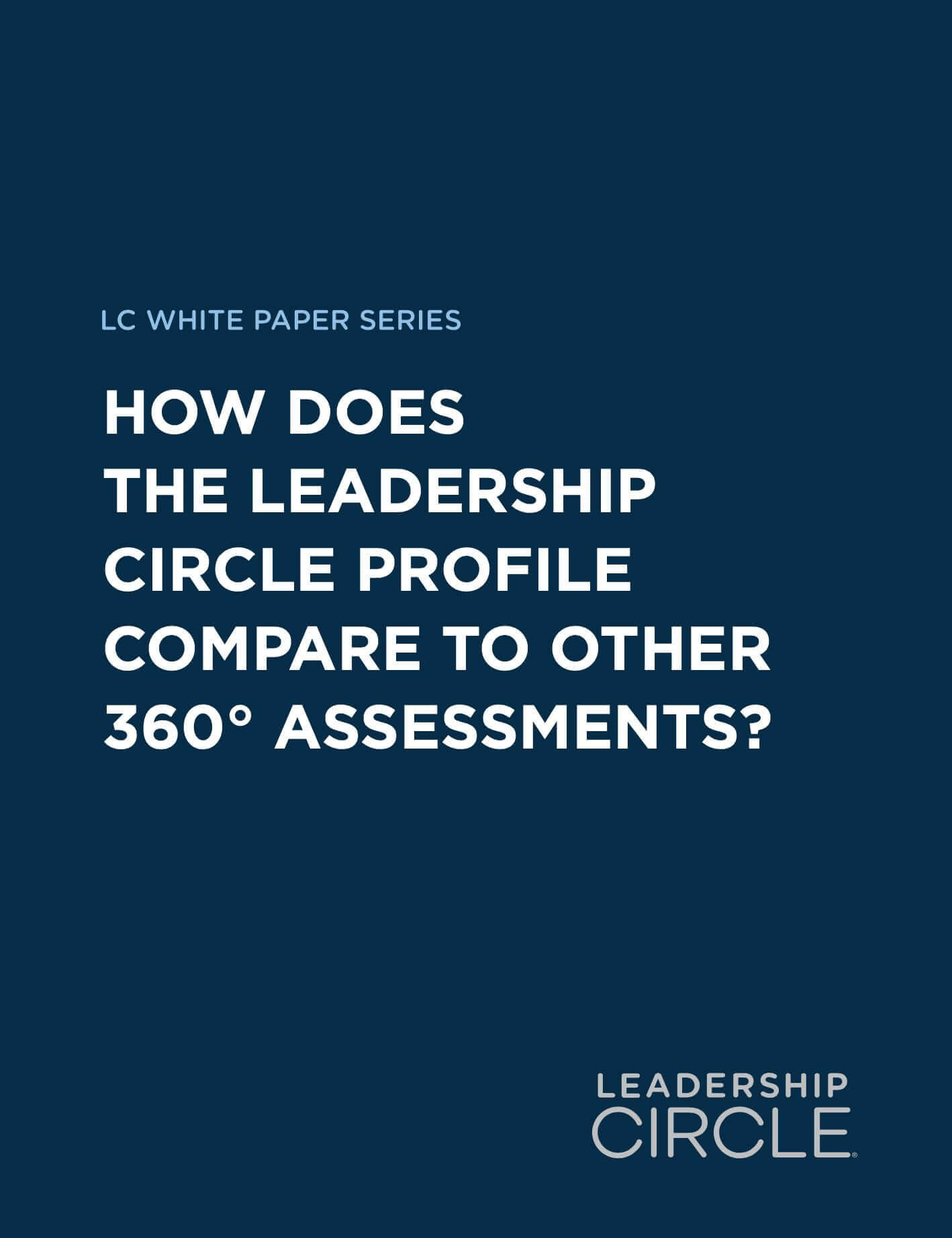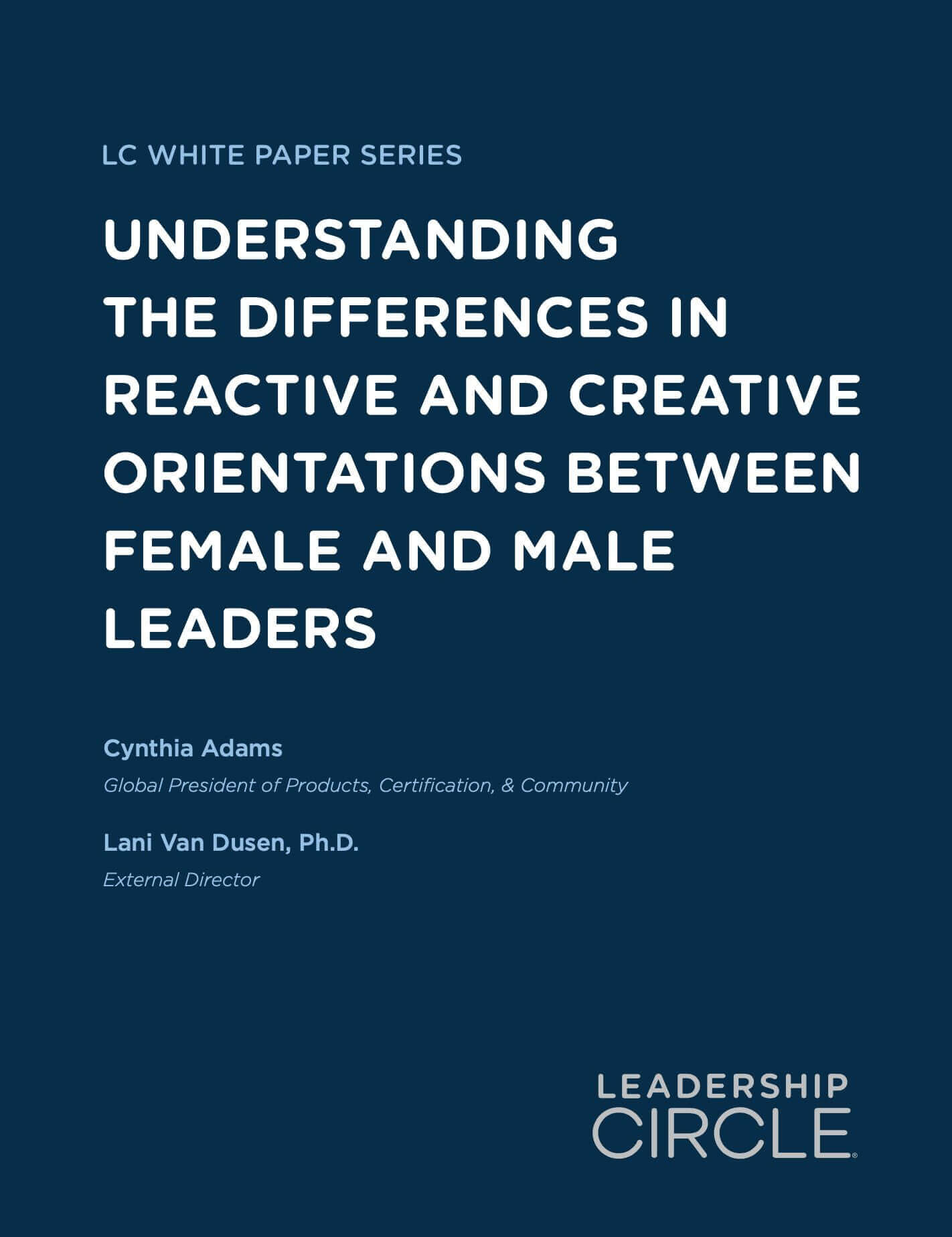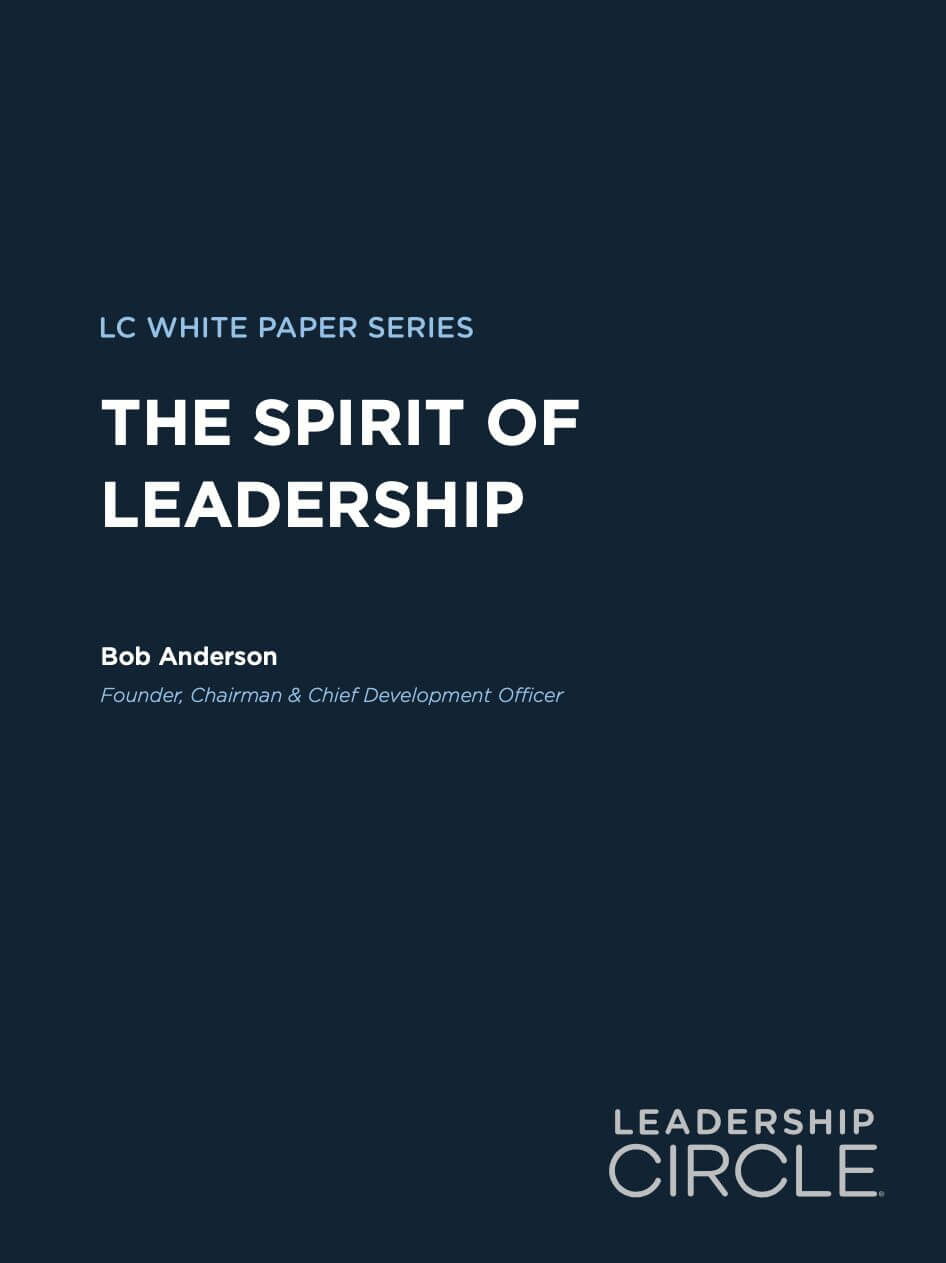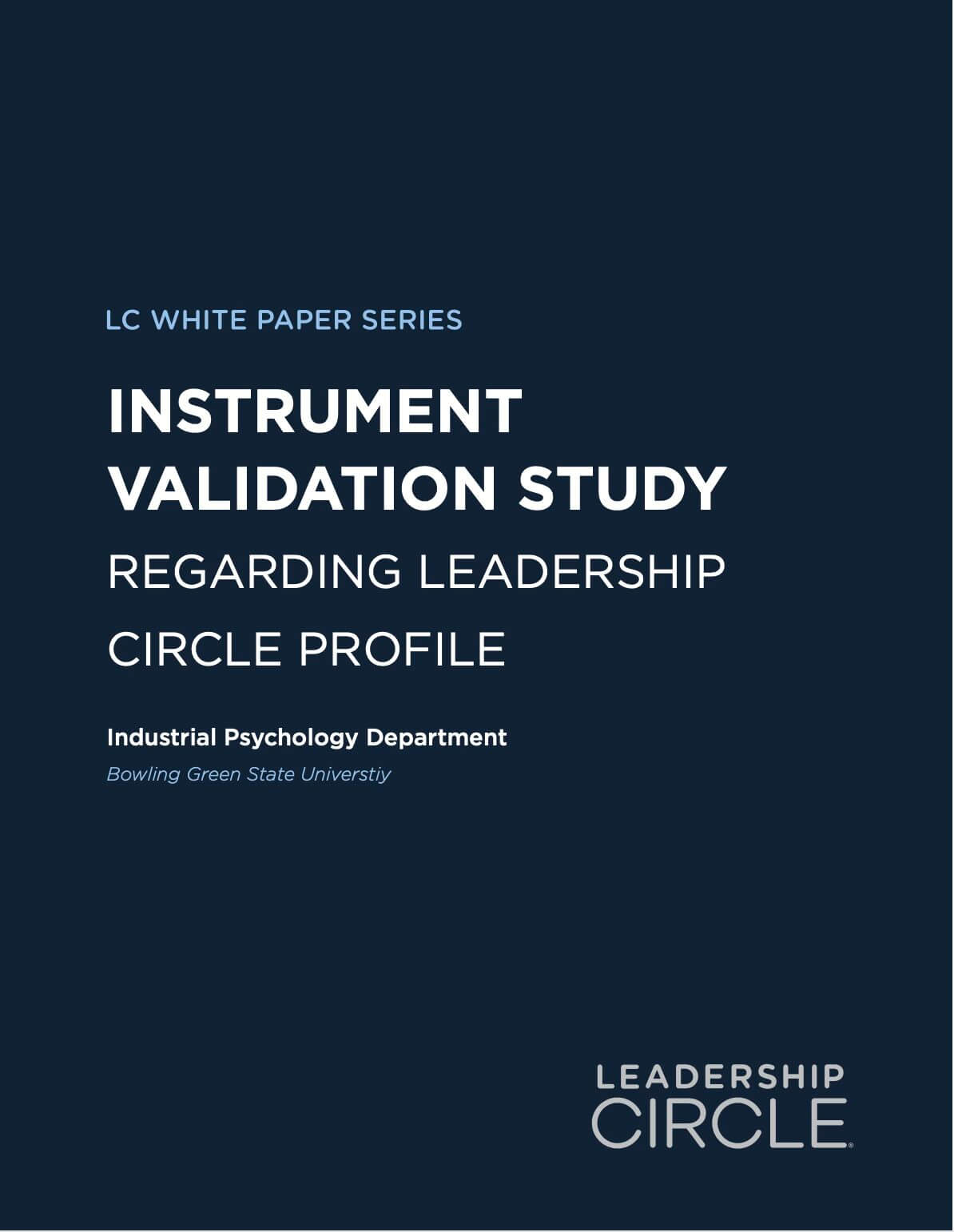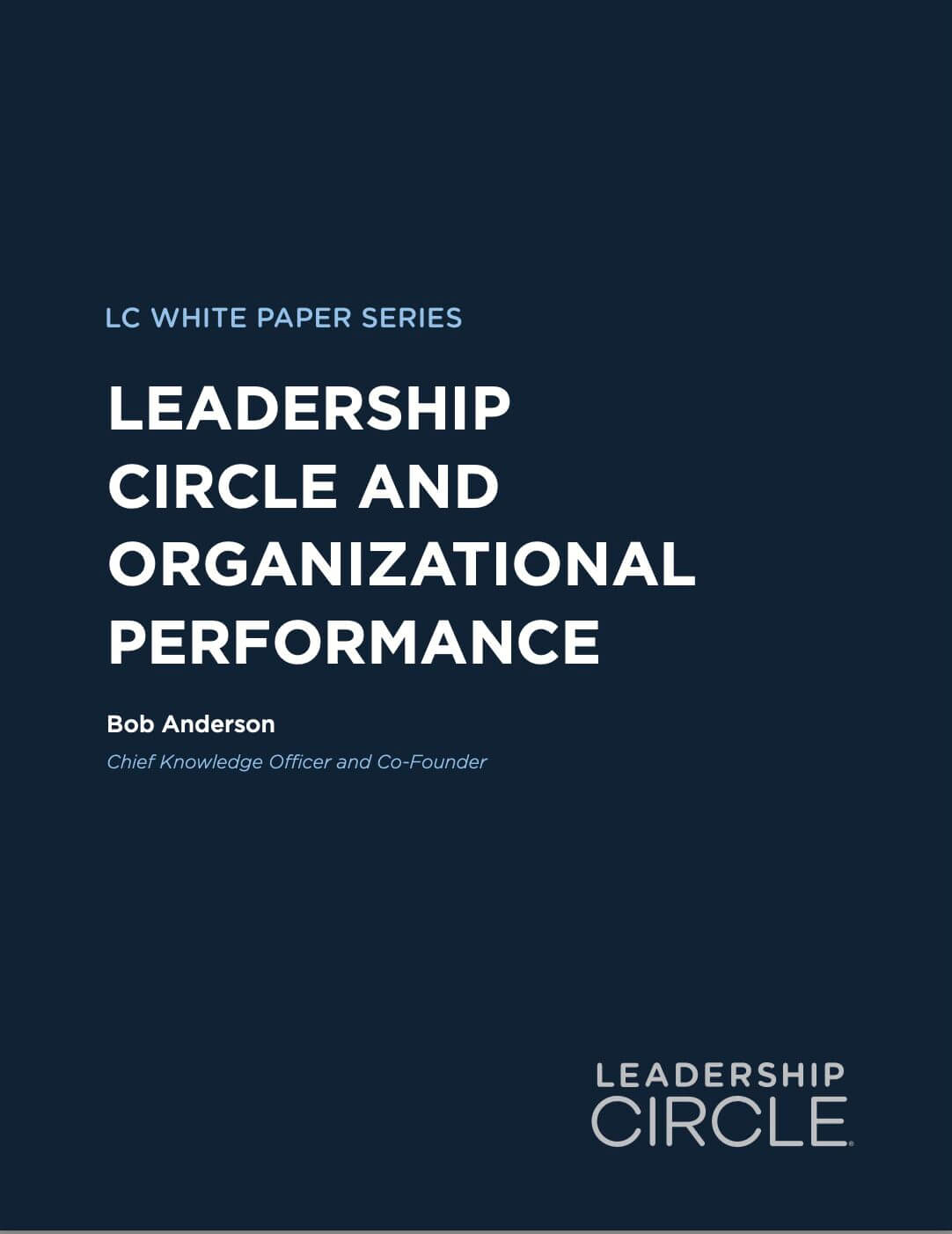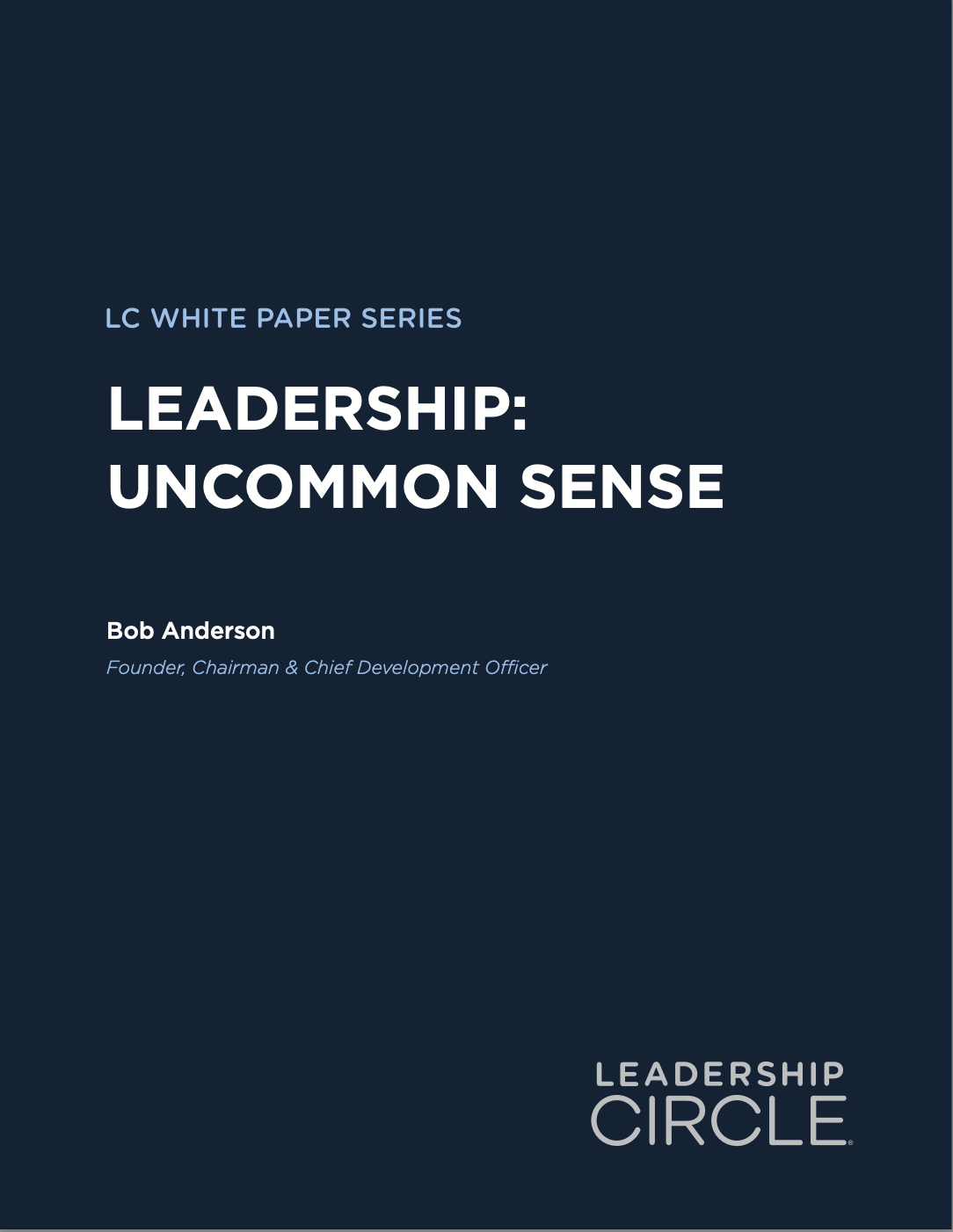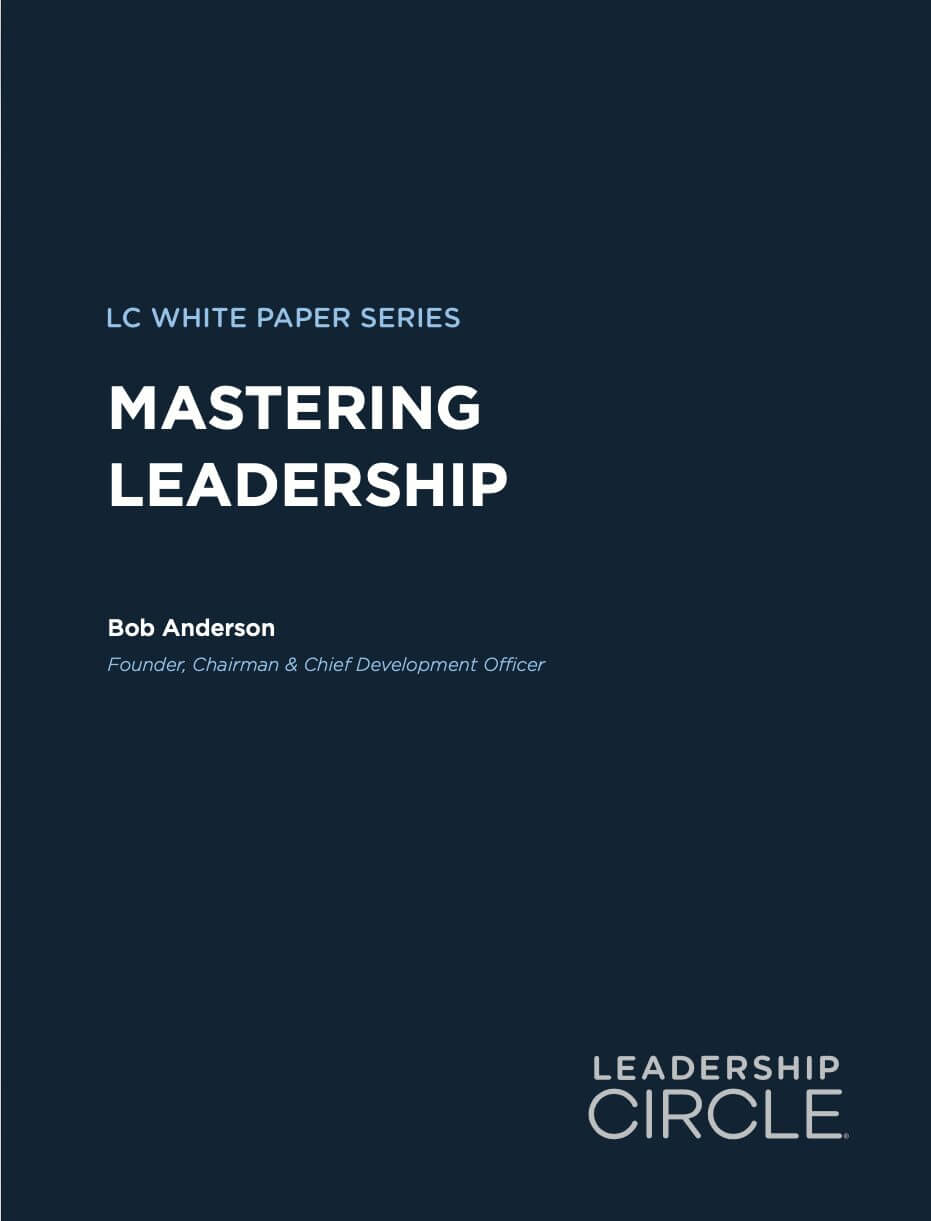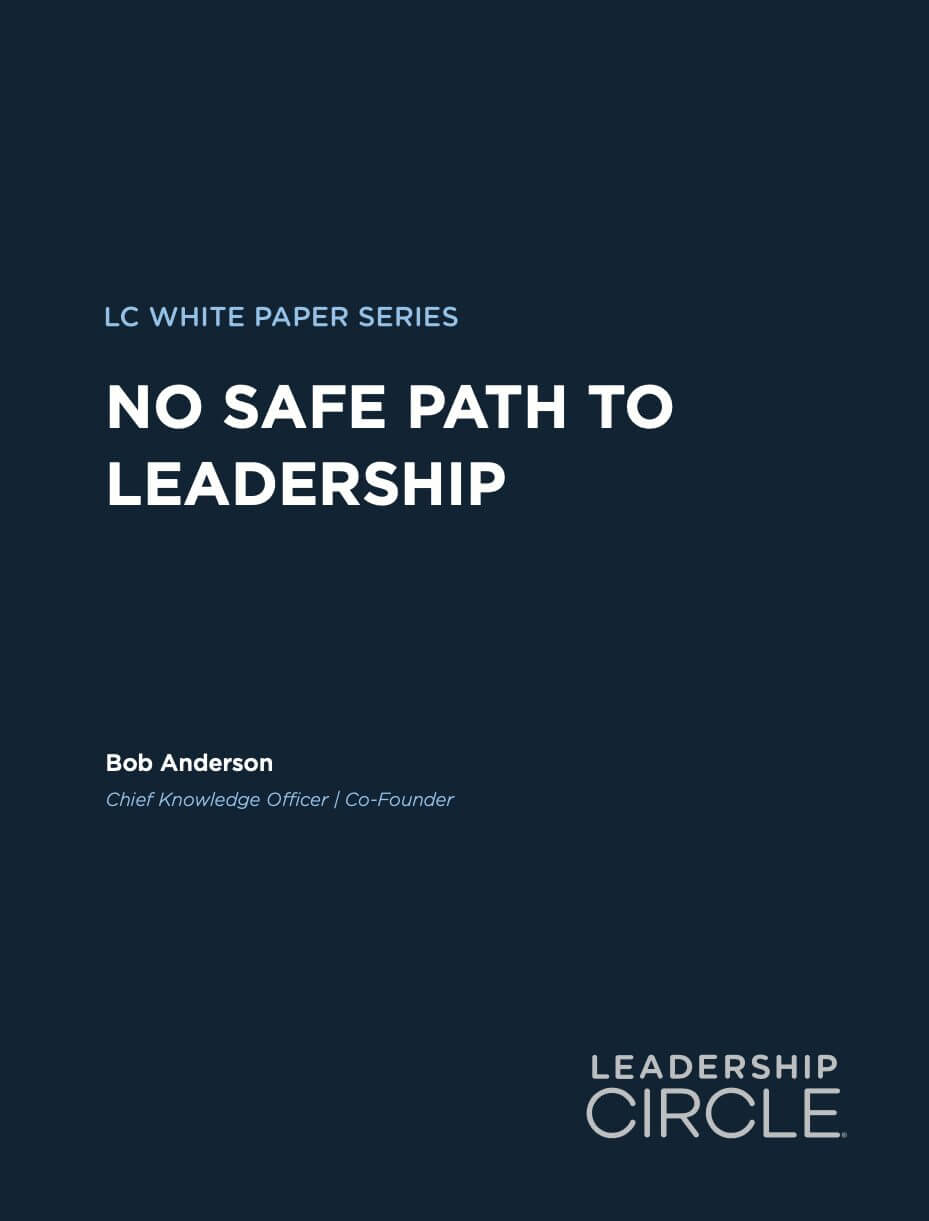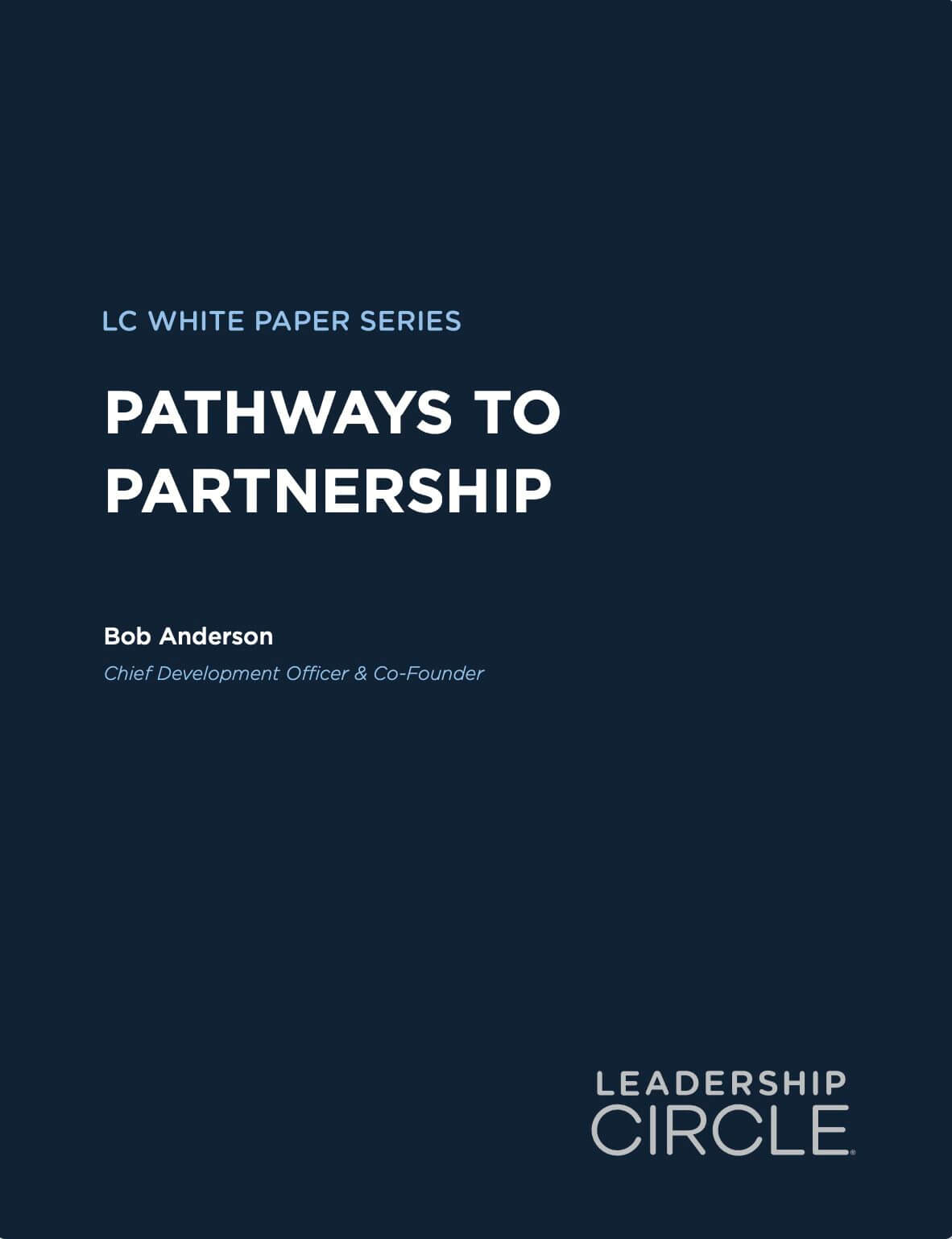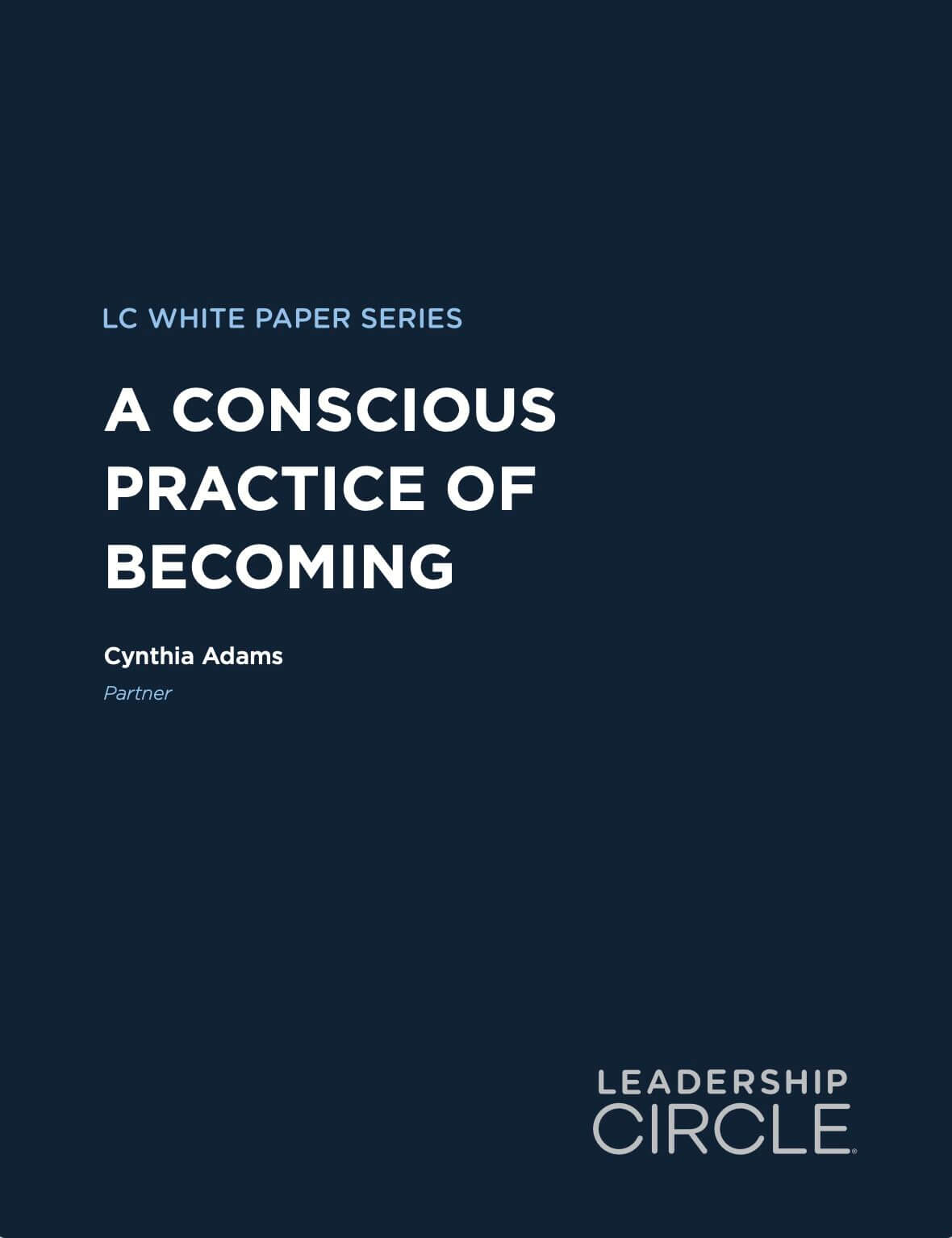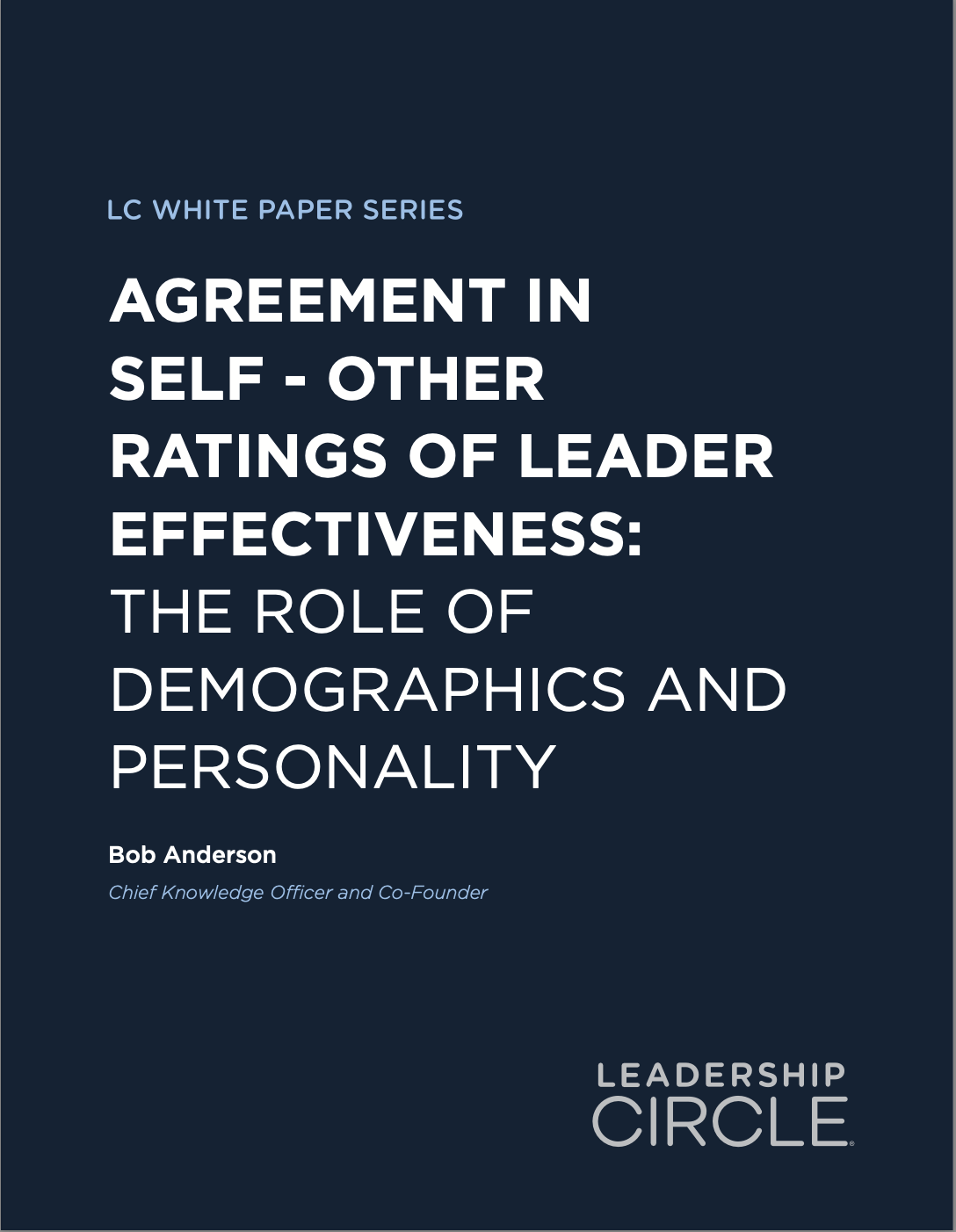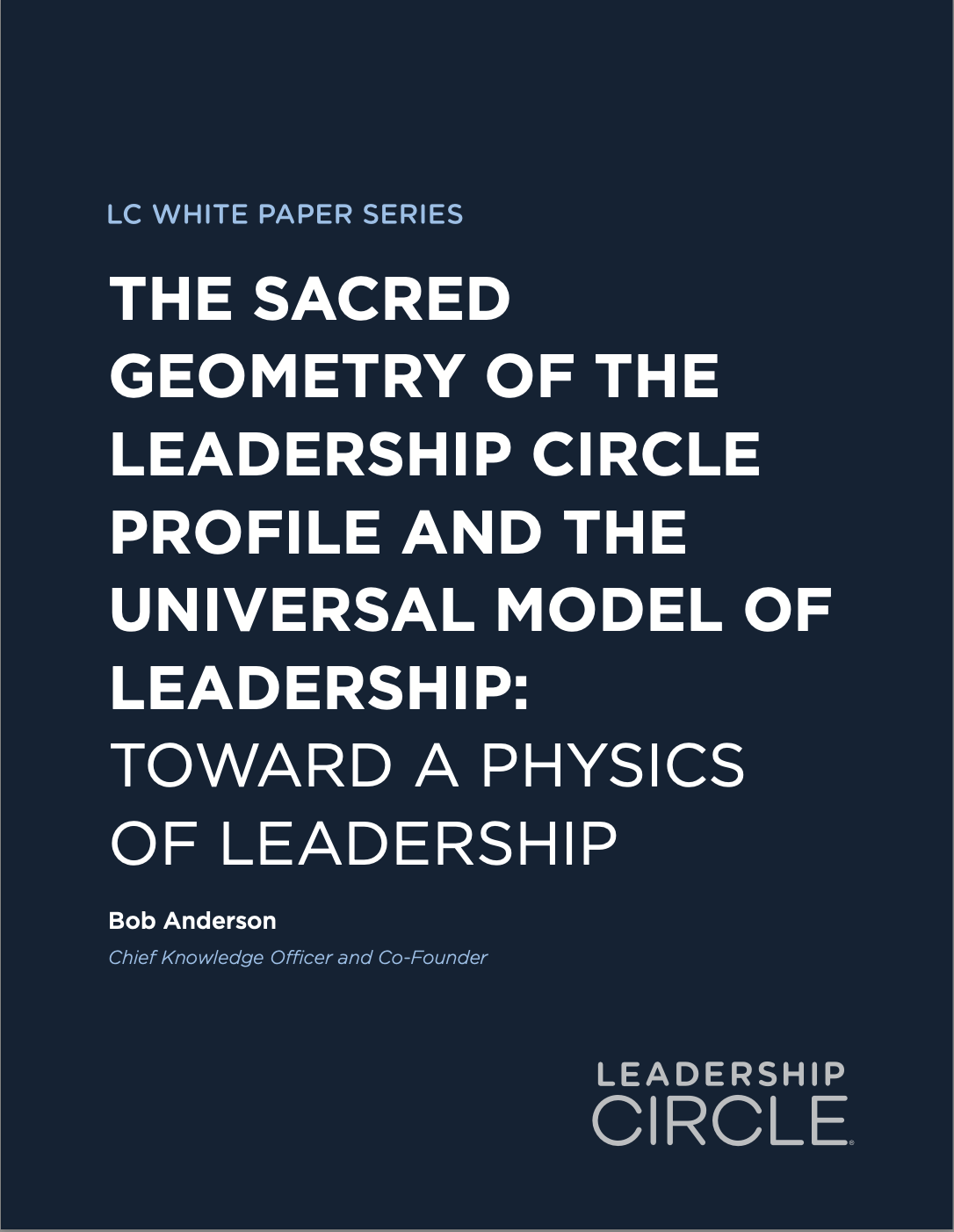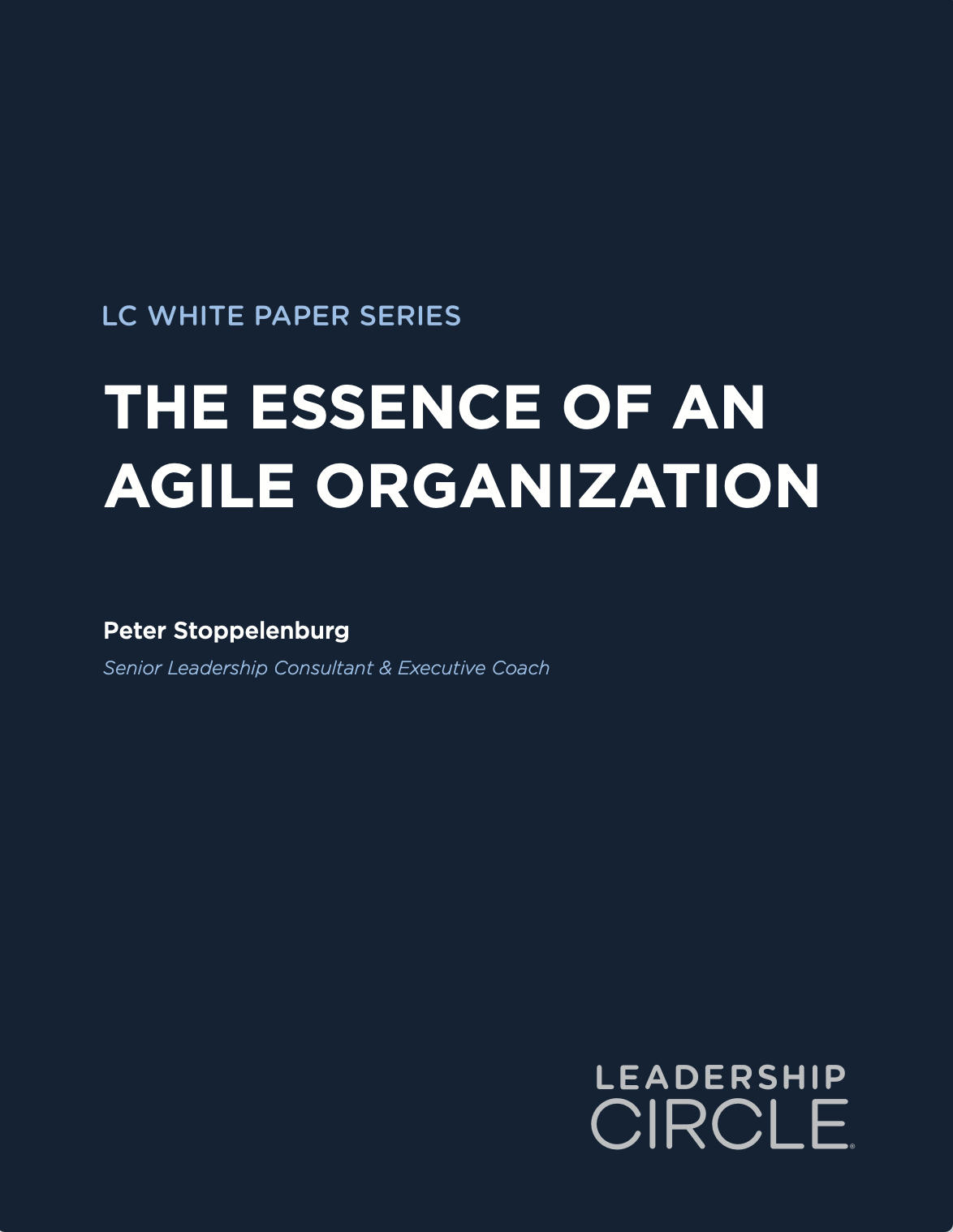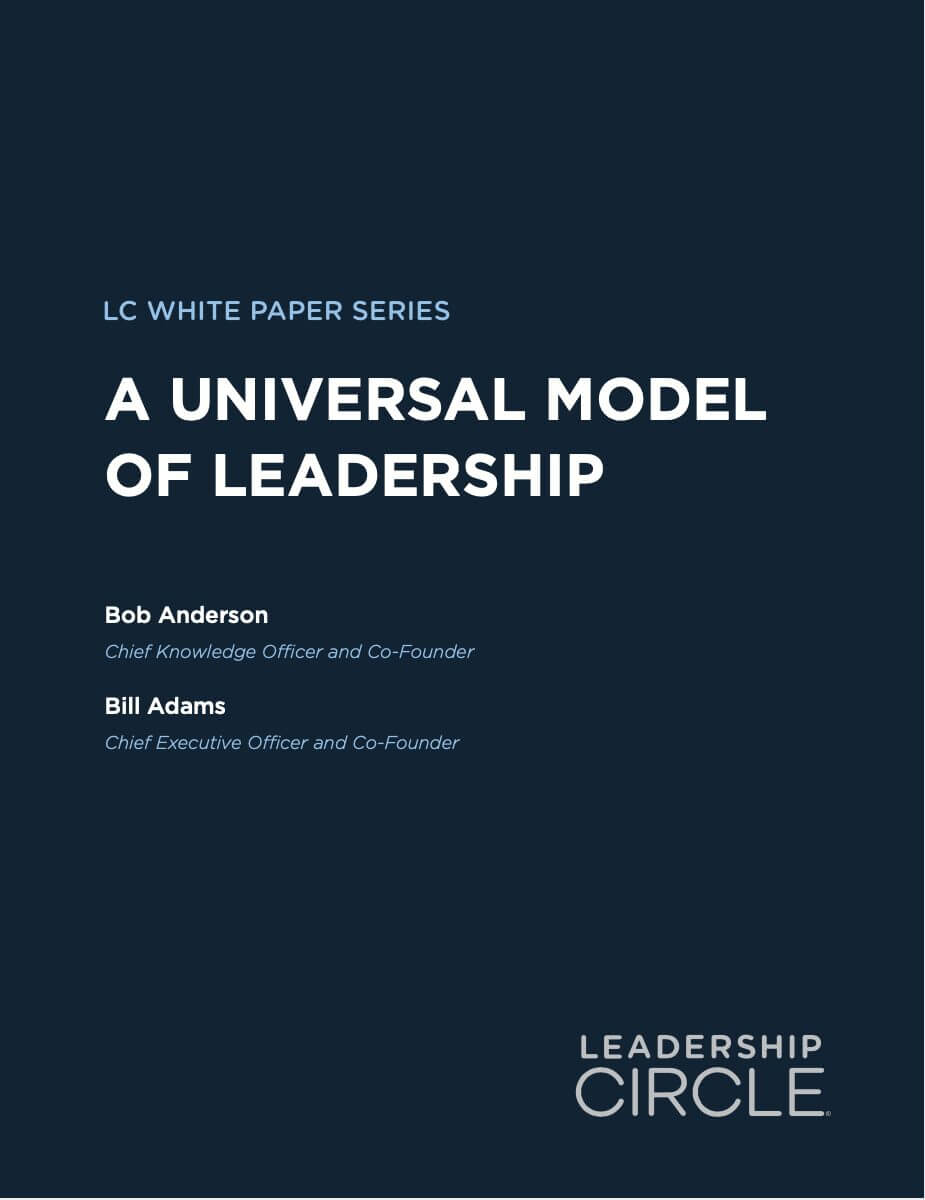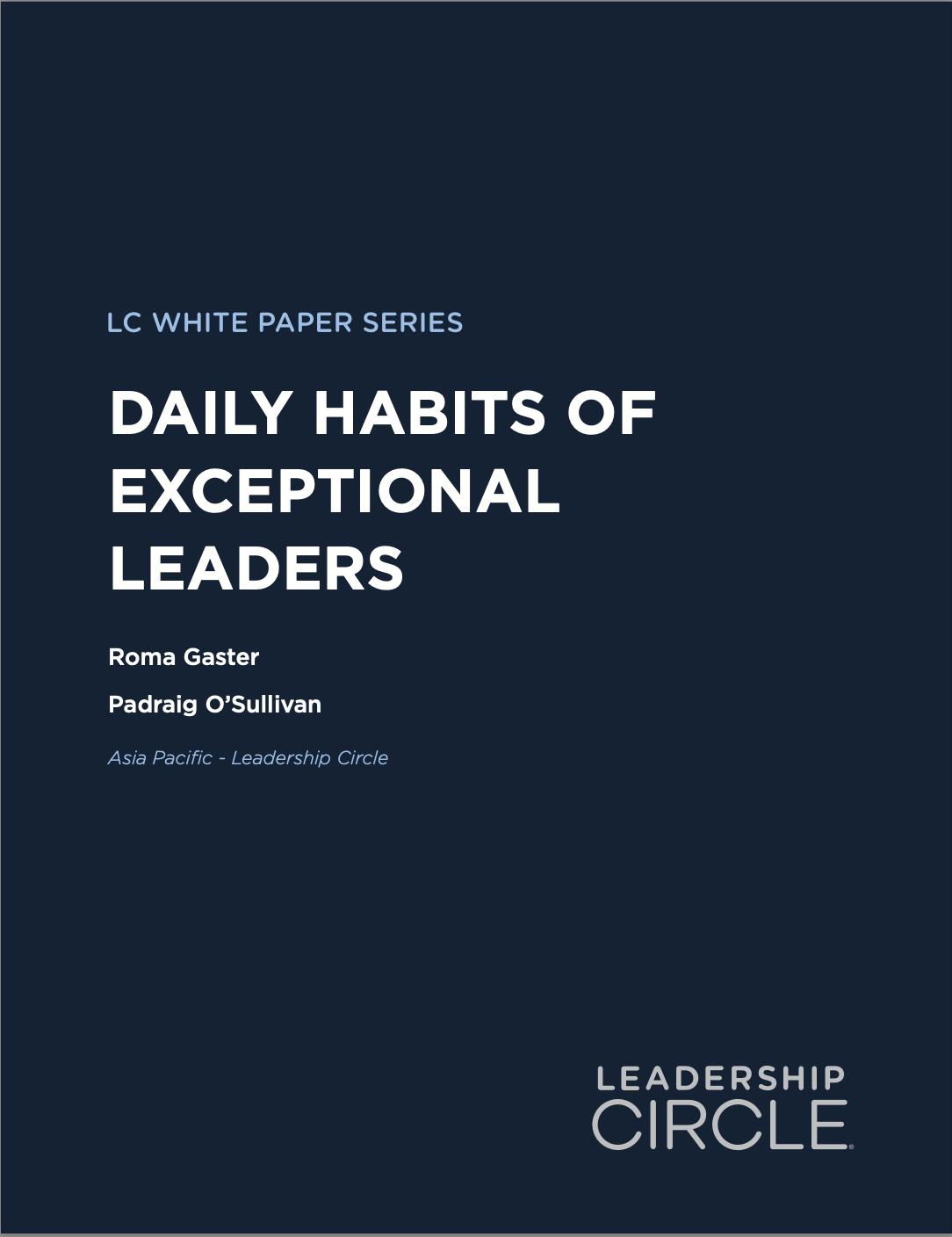Cynthia Adams & Lani Van Dusen
As more females assume leadership roles in organizations, it becomes increasingly important to understand orientations to leadership, the skills they bring, the challenges they face, and the impact they have as compared with leaders who identify as male so that gender norms, expectation, and bias do not restrict opportunity. Unfortunately, current research is often contradictory and/or the methodology is too simplistic to capture the complexity of gender differences, leaving room for multiple interpretations of the findings. Many studies have drawbacks or limitations that restrict the insights that can be gleaned. Studies often employ non-standardized measures, conducted with small or narrowly focused samples. There is an over-reliance on self-assessments without any correlation to how leaders actually perform. Further, most studies focus on only one aspect of leadership and very few assess both style and effectiveness.



